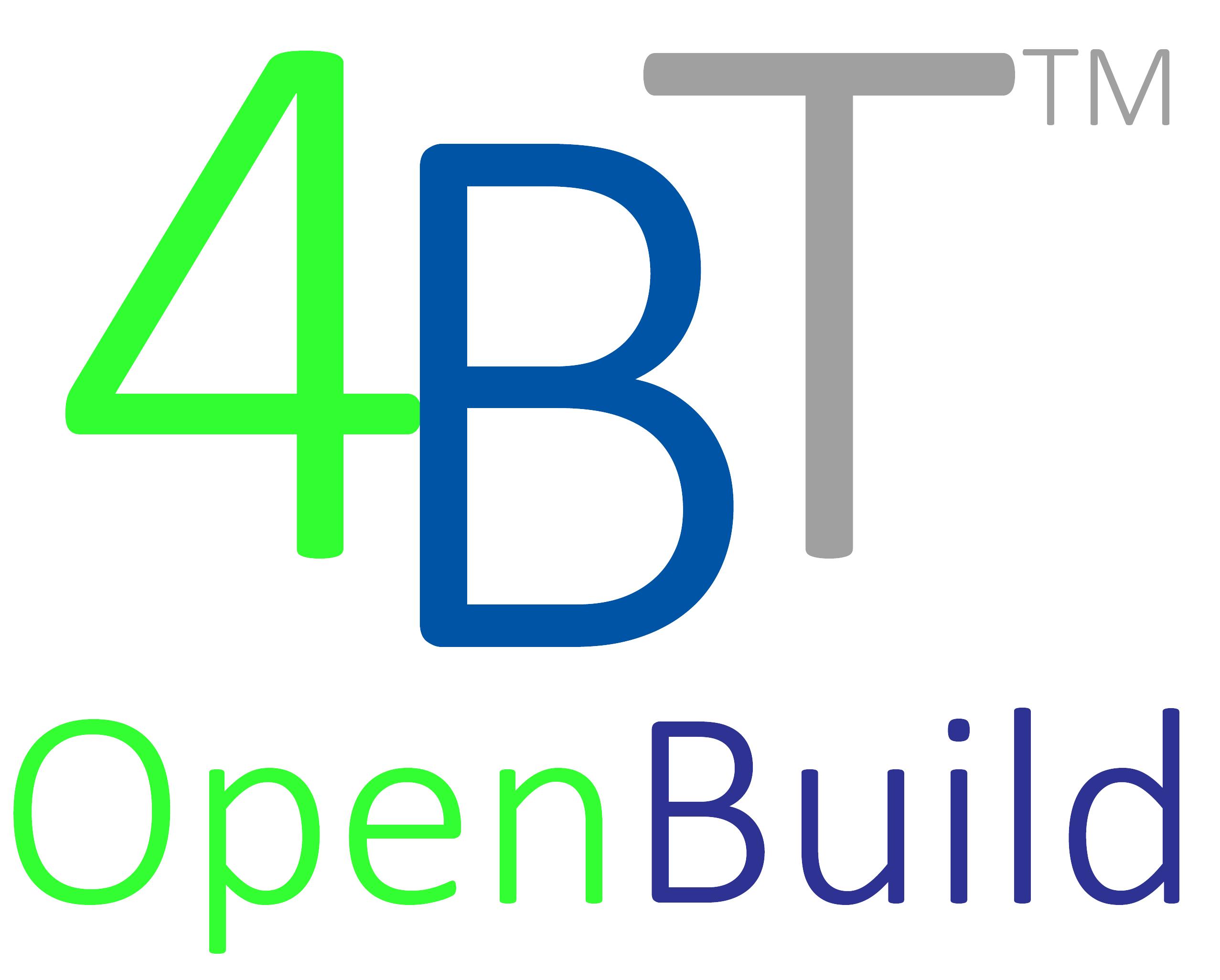Repair, Renovation, and New Construction can be COMPLICATED but NEVER COMPLEX or CHAOTIC

Repair, Renovation, and New Construction can be COMPLICATED, but should NOT be COMPLEX or CHAOTIC.
91% of FM managers say there’s a gap between the knowledge and skills their team has and what they need to excel. – 2021 PMI Survey
1. Improvement is never easy and is especially difficult where the same methods have been in place for decades.
2. Nonetheless savvy facility management, design, engineering, and construction professionals are diligently working to significantly alter the ‘status quo’ and achieve significant performance gains.
3. Proven successes can be found where owners and other AEC professionals, through their leadership, competence, and commitment, have begun to implement lean integrated planning, procurement, and project delivery processes for their real property portfolio’s ongoing repair, renovation, maintenance, sustainability, and new build requirements. Examples include integrated project delivery, IPD, for major new construction, and lean job order contracting for repair, renovation, and “minor” new construction.
Learn more….
via Four BT, LLC – Integrated LEAN construction/FM planning, procurement, and project delivery solutions.






















































































































